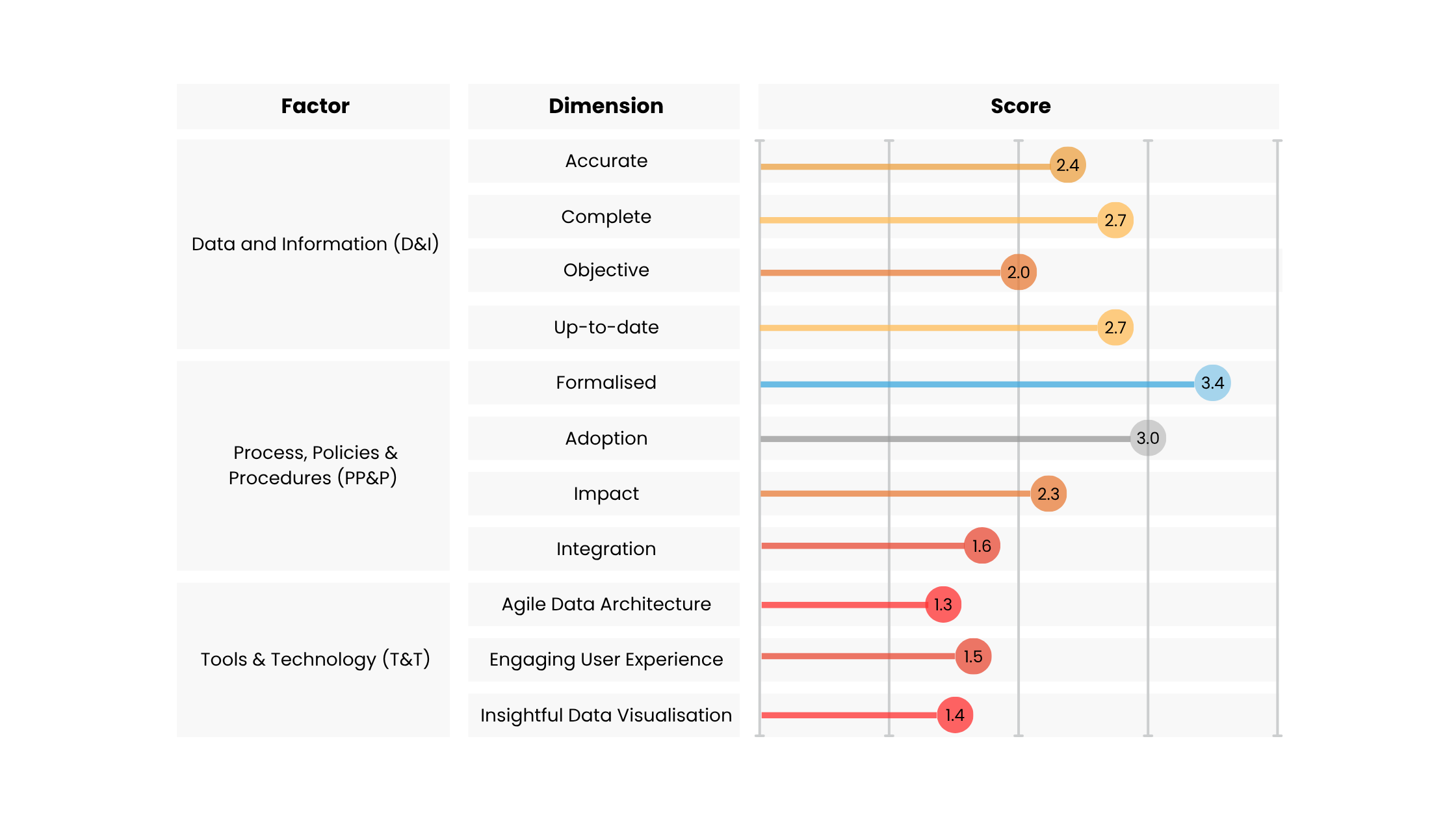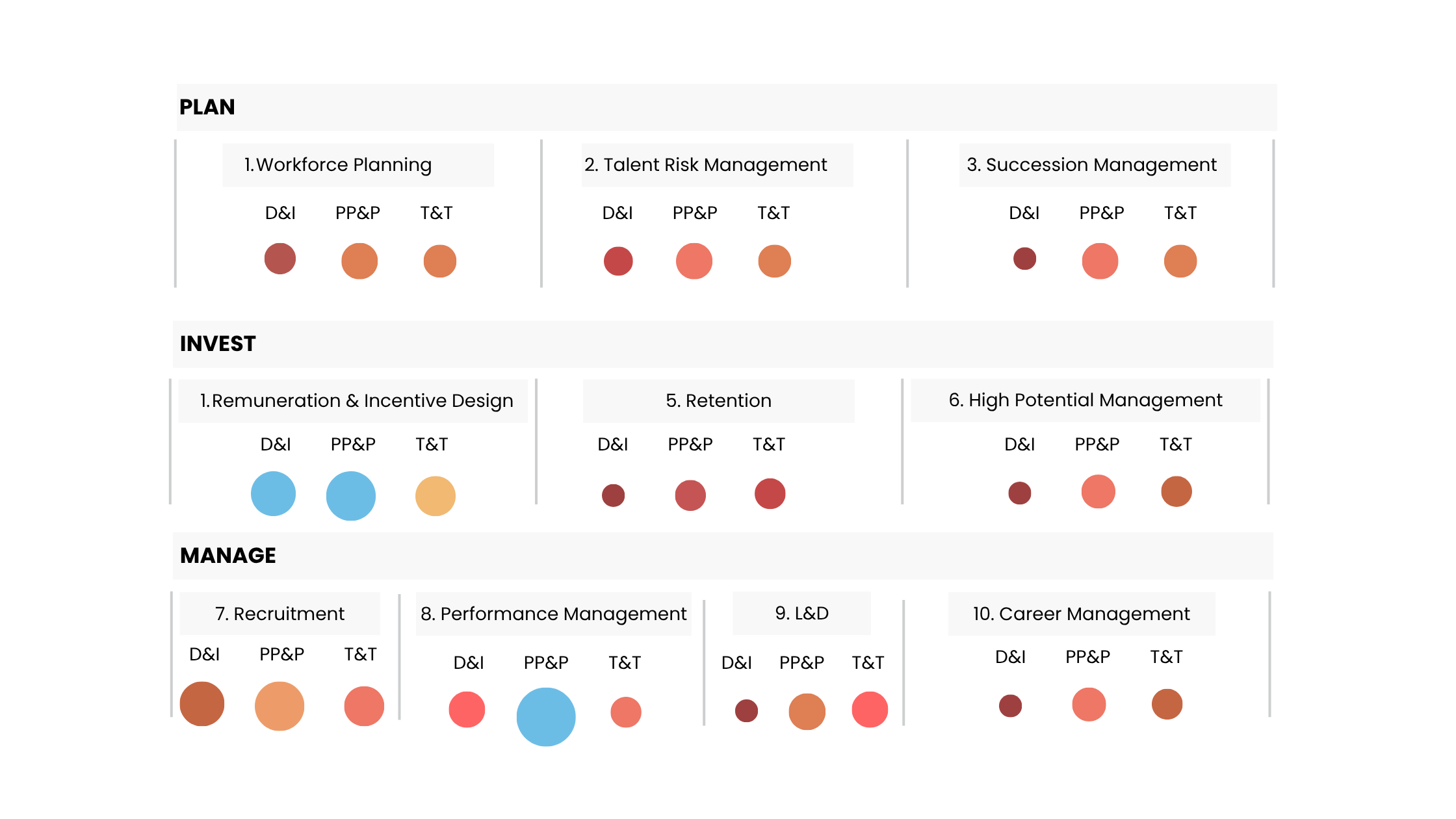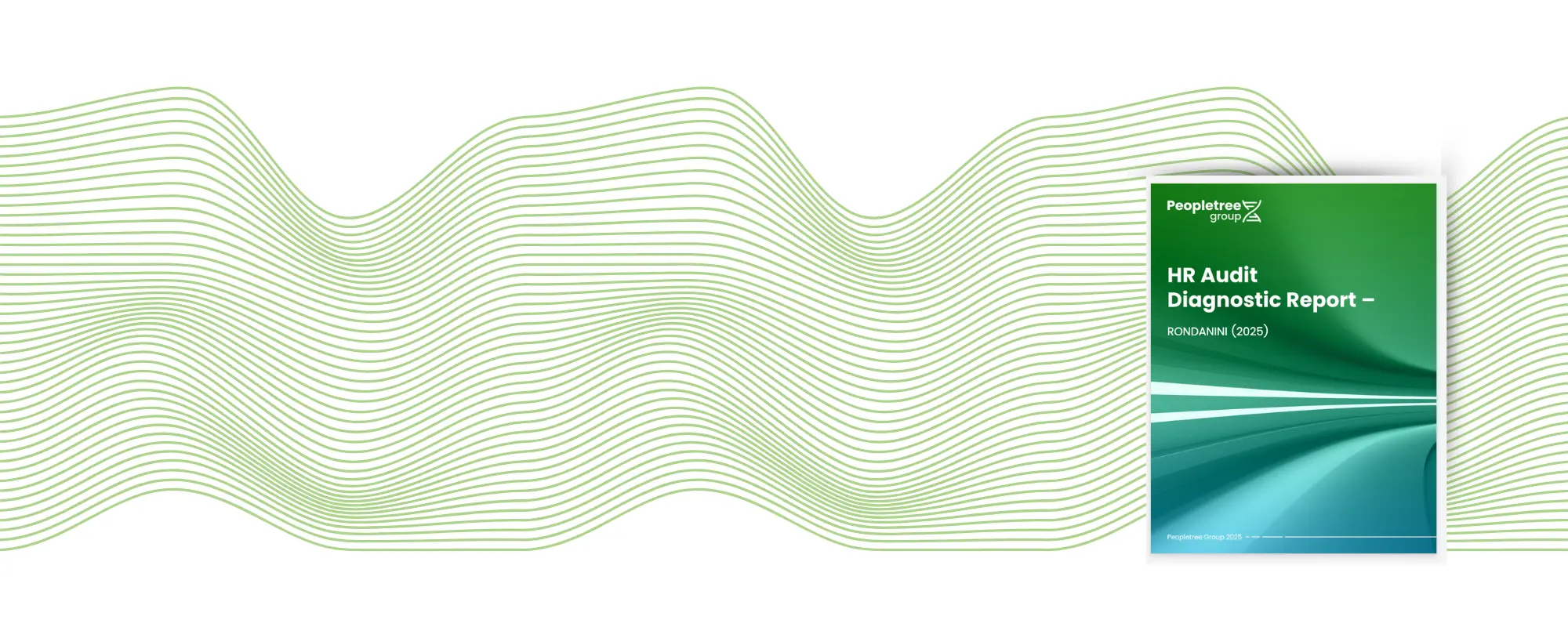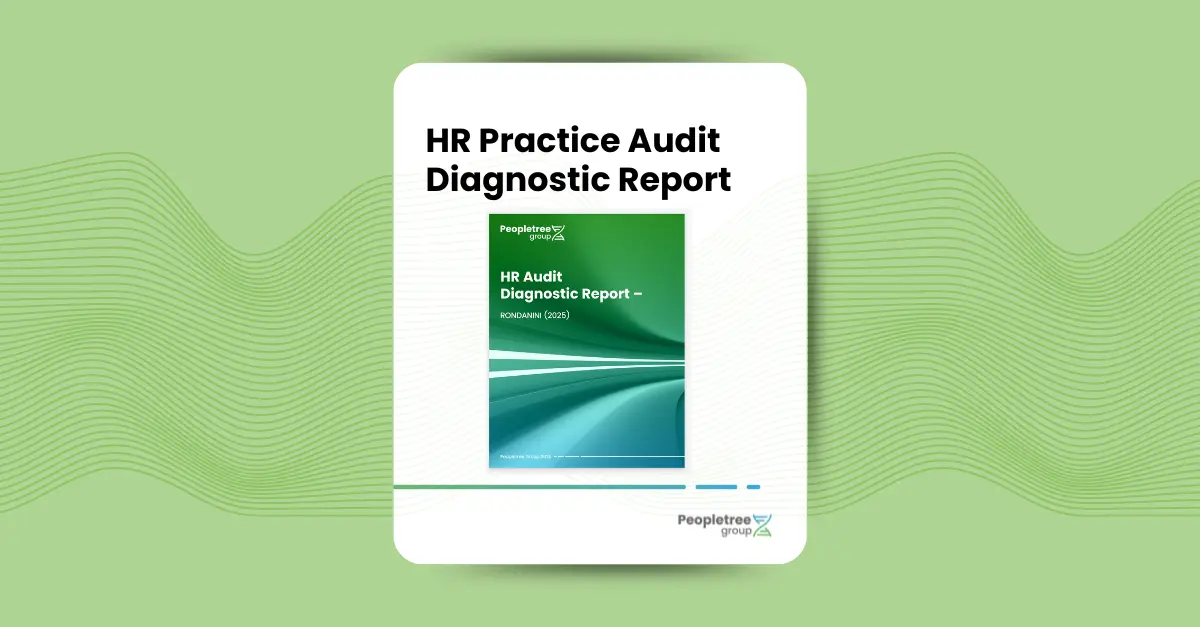NOVEMBER 2025
An HR Practices Audit (Talent Practices Audit) measures the strength and maturity of every part of your people system. In one hour we run a structured, multiple‑choice session with HR and decision‑makers, score 10 people processes across data, process, and technology, then give you a heatmap and a sequenced plan showing what to standardise, what to digitise, and what to do first.
What you get:
- HR Maturity heatmap across 10 HR practices
- Dimension scorecards including:
- Data & Information
- Processes, Policies & Procedures
- Tools & Technology
- Prioritised 30/60/90‑day roadmap.
When Growth Exposes the Cracks in Your People System
Every business reaches a moment when success starts to feel strained by people systems. Processes that once worked smoothly now take considerably more effort. Data you thought you could trust suddenly doesn’t line up. Leaders and HR disagree about what’s really working.
The issue is that growth exposes the gaps between where your HR practices are and where they need to be.
That’s where an HR Practices Audit comes in.
What is an HR Practices Audit?
An HR Practices Audit gives leadership and HR a clear, objective picture of how mature their people systems really are.
In a single 60-minute, facilitated session, your HR leaders and key executives complete a consultative questionnaire. From that session, you receive a report showing:
Where your current practices and data are strong
Where the gaps lie
What needs to be standardised, digitised, or redesigned first
And what your next 30, 60, and 90 days should look like.
An HR Practices Audit is a data-driven maturity assessment that benchmarks your organisation across the full employee lifecycle covering everything from workforce planning and succession to performance, development, and retention.
HR Practices Audit vs. HR Gap Analysis (What’s the difference?)
An HR gap analysis compares your current HR practices, data and systems to a desired target state. It often focuses on a single process (e.g., performance management) or a small cluster of related processes, and it typically ends with a list of issues, high‑level recommendations and next steps.
An HR Practice Audit (our entry‑level service) includes a gap analysis–but goes further by scoring maturity across 10 people processes with a three‑lens framework, visualising results in a heatmap, and delivering a sequenced 30/60/90‑day roadmap. In other words, every HR Practice Audit contains a gap analysis, but a gap analysis on its own is the lighter, narrower exercise.
How an HR Practices Audit Works
Our audit framework assesses ten HR practice areas, grouped into three natural phases of the talent lifecycle:
Plan: Workforce Planning, Talent Risk Management, Succession Management
Invest: Remuneration & Incentives, Retention, High-Potential Management
Manage: Recruitment, Performance, Learning & Development, Career Management
Each of these practices is evaluated through three lenses:
Data & Information – Do you have reliable, complete, and objective data to make decisions?
Processes, Policies & Procedures – Are these practices defined, adopted, and linked together across the business?
Tools & Technology – Do your systems enable agility, usability, and meaningful insight?
The result is a maturity heatmap, a visual snapshot that shows exactly where your people system is strong, where it’s exposed, and where to focus next.
HR Practices Audit Heatmap (Sample)

Figure 1: Example of a maturity heatmap showing an HR practice area scored across the three dimensions – Data & Information, Processes (PPP) and Tools & Technology.
What You’ll Learn From a Talent Practices Audit
Every organisation’s results look different, but we see similar patterns over and over again.
1. Data isn’t the problem. Trust in data is.
Across most HR functions, data exists. The issue is its accuracy, completeness, and objectivity. Without these, analytics lose credibility, and people decisions rely on anecdotes rather than evidence.
2. Processes are there, but they’re working in silos.
Many HR processes are formalised but disconnected. For example, performance data might not inform succession, and learning programs might not link to career development. Integration, not effort, is the missing piece.
3. Technology should enable, not overwhelm.
In many companies, HR tech feels like hard work. Tools aren’t intuitive, data is trapped in spreadsheets, and analytics require manual effort.
The audit highlights where a small technology enablement (such as dashboards or integrated workflows) could unlock speed and insight.
HR Practices Audit – Maturity Across 10 Talent Practices

Figure 2: Example of a complete HR Practices Audit heatmap showing maturity across ten HR practice areas grouped under Plan, Invest, and Manage. Each coloured circle represents the level of maturity for the three audit dimensions – Data & Information (D&I), Processes, Policies & Procedures (PP&P), and Tools & Technology (T&T).
Turning Findings Into a Path Forward
The final report describes the problem., but also provides a prioritised roadmap across four stages:
Stabilise – Fix the foundational gaps in data and process consistency.
Standardise – Formalise and align practices across teams and regions.
Digitise – Use technology intentionally to create usability and insight.
Strategise – Link your people practices directly to business performance.
This progression helps HR leaders move from firefighting to foresight. From reactive process management to proactive talent strategy.
Why Leaders Choose to Do An HR Practices Audit
Executives usually commission an HR Practices Audit for one of three reasons:
They feel HR is working hard but struggling to show impact.
They’re preparing for growth, M&A integration, or HR tech investment.
Or they simply need a common view — a single source of truth that aligns HR and leadership around the same priorities.
For many mid-sized companies, it’s the first step in building a sustainable People Ecosystem — a system where every HR practice connects, data informs decisions, and technology enhances the employee experience rather than complicating it.
A Thought Worth Leaving You With
If your people systems are straining under the weight of growth, you need a clear view of what’s really happening including where the cracks are, what to fix first, and how to build stronger foundations.
That’s what an HR Practices Audit delivers:
clarity, focus, and a plan to turn HR from reactive to strategic.
You Can’t Close a Gap You Haven’t Measured
When everyone has a different view of what’s working in HR, progress stalls.
An HR Practices Audit gives you an objective, data-driven view of your people systems, so you can make confident, aligned decisions about where to focus next.
Here’s what you’ll get:
A neutral, data-driven view of your HR system – cut through opinions and see how mature your people practices really are across data, process, and technology.
Alignment between HR and leadership – reveal where perceptions differ, so you can agree on priorities based on evidence, not assumption.
A clear, sequenced roadmap everyone can support – know what to stabilise, standardise, and digitise first, focusing effort where it matters most.








